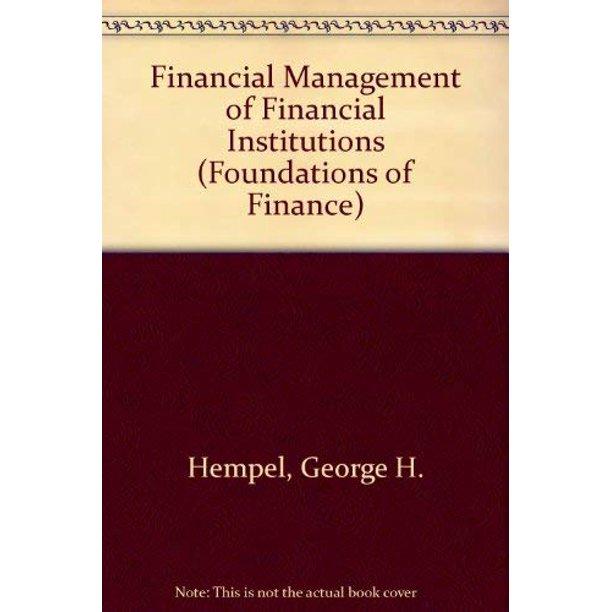Question
To begin, Bill reviewed Beltway's balance sheet, which is contained in Table 1.. Next, Bill assembled the following relevant data: (1) The firm's tax rate
To begin, Bill reviewed Beltway's balance sheet, which is contained in Table 1.. Next, Bill assembled the following relevant data:
(1) The firm's tax rate is 25 percent.
(2) Beltway's 7.0 percent semiannual coupon bonds with 15 years remaining to maturity are not actively traded. However, a block did trade last week at a price of $950 per bond. (3) Beltway uses short-term debt only to fund cyclical working capital needs.
(4) The firm's pays a $2.50 quarterly dividend ($10.00 per year) on perpetual preferred stock (par value of $100) that is traded on the American Stock Exchange AMEX. Its current price is $104 per share; however, Beltway would incur flotation costs of $2.00 per share on a new issue.
(5) Beltway's common stock is currently selling on the AMEX at $45 per share. The firm's last years dividend D0 was $2.00, and dividends are expected to grow at roughly a 8 percent annual rate in the foreseeable future.
(6) The firm's historical beta, as measured by a stock analyst who follows the firm, is 1.3. The current yield on long-term T-bonds is 5.0 percent, and a prominent investment banking firm has recently estimated the market return is 10%.
(7) The required rate of return on an average (A-rated) company's long-term debt is 7.5 percent.
(8) The firm's market value target capital structure is 30 percent debt, 10 percent preferred stock, and 60 percent common stock.
What is the bond-yield-plus-risk-premium estimate for Beltway's cost of retained earnings?
Step by Step Solution
There are 3 Steps involved in it
Step: 1

Get Instant Access to Expert-Tailored Solutions
See step-by-step solutions with expert insights and AI powered tools for academic success
Step: 2

Step: 3

Ace Your Homework with AI
Get the answers you need in no time with our AI-driven, step-by-step assistance
Get Started


